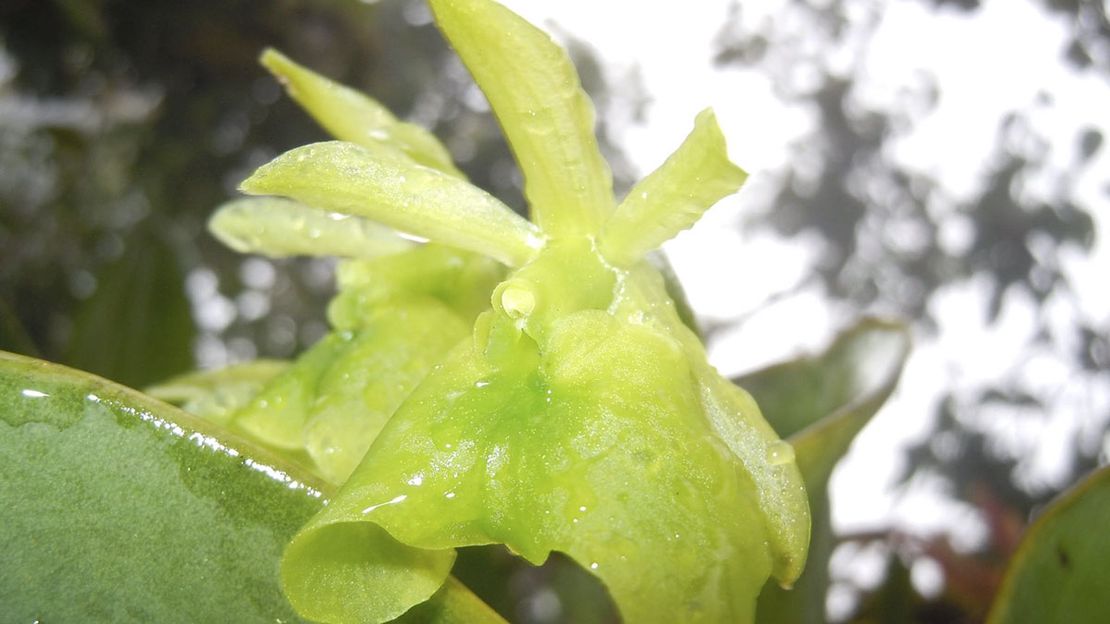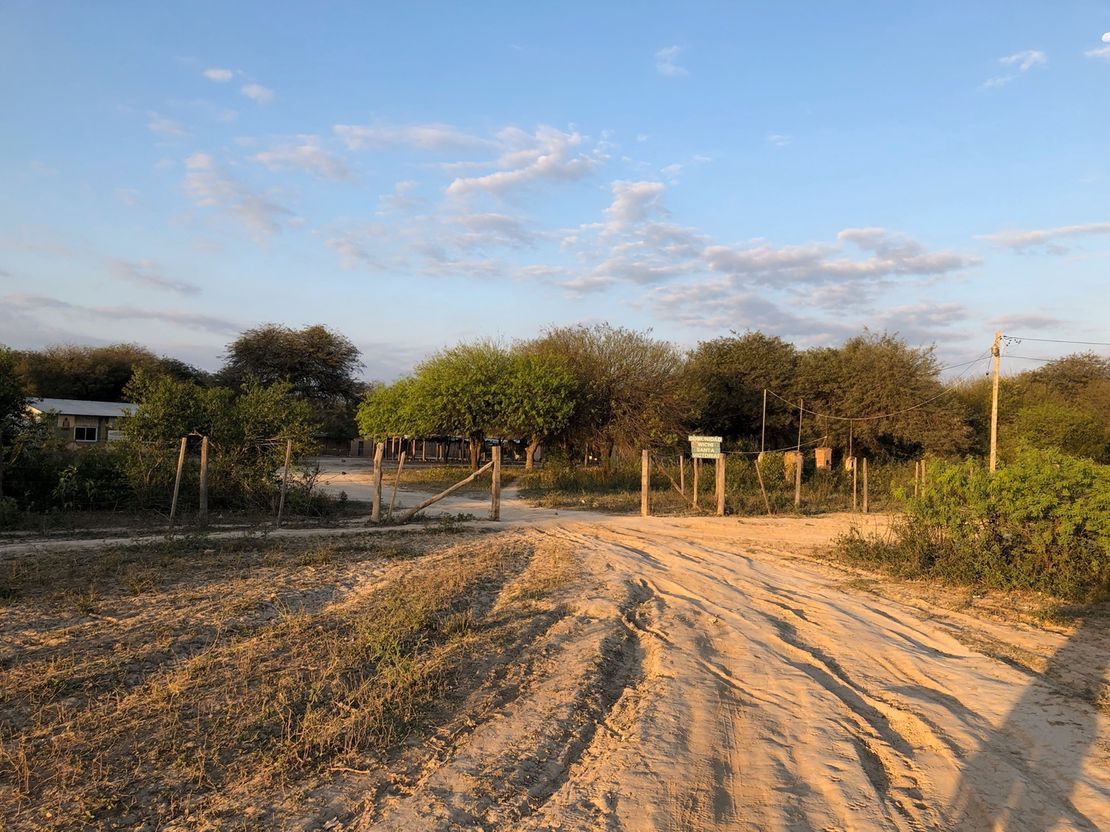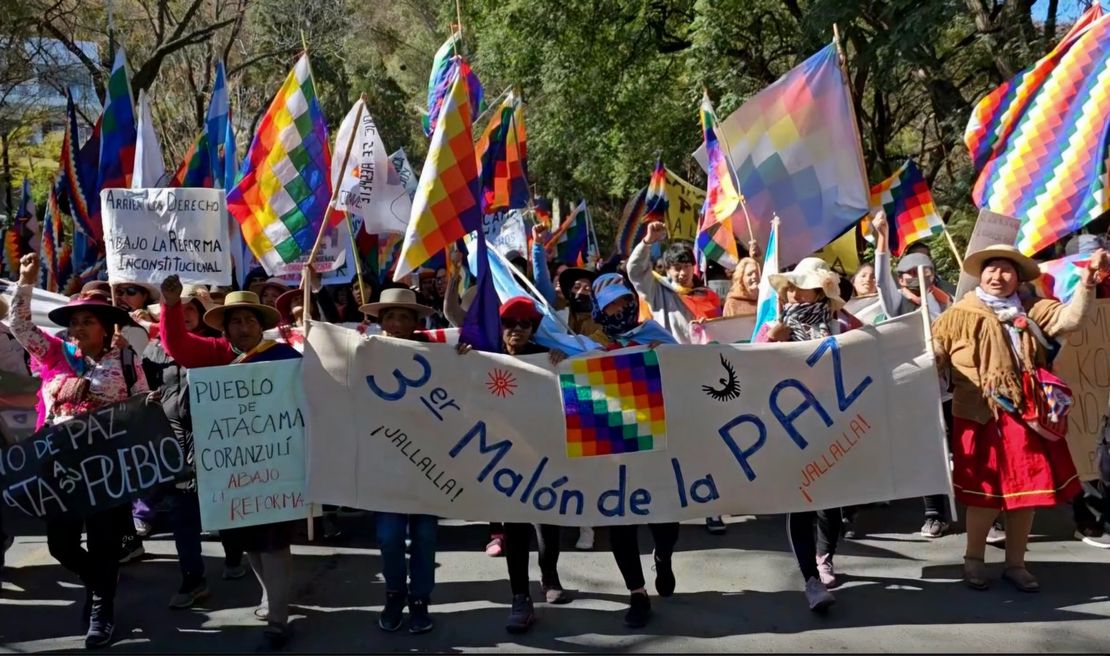Abstract
A peak known as Cerro de Plata in Fusagasugá, Colombia, became the site of a landmark decision in favor of protecting the environment and its inhabitants from mining activities. The fate of this peak was on the verge of change when an open-pit mulch mine was approved for operation in the region. This decision unleashed years of protests and legal disputes against the mining activities. Against all odds, the community’s persistence paid off when a judge ruled in their favor, halting the mining operations. The key to this victory lay in the scientific expertise used to enforce environmental laws aimed at safeguarding the local species. A particular focus of this scientific effort was the identification of endemic and new species of orchids in the area. This discovery played a crucial role in the fight to protect the water sources in this small Colombian town.
The House of the Orchid
The beautiful landscape of towering mountains and lush foliage in Fusagasugá, Colombia, is the battleground for an ongoing conflict with mining corporations. One of the strategies for keeping them away relates to the long history of species inventories and collections. “Orchid study helped save Silver Peak Mountain from exploitation,” informed Colombia’s National University in its internet portal.1 A study by Colombia National University identified 16 different species of orchids and one new to science: Epidendrum fusagasugaense. Only three registers were found in this location, which speaks not only to its endemic nature but also to a sort of serendipity in its encounter. Not only is the orchid difficult to find, but the fact that it had flowers at the time of discovery was also fortunate, as this allowed for a scientific description. The discovery of this rare orchid underscores the critical conservation status of the region and its natural richness.
Edicson Parra is an Agronomist engineer from Universidad Nacional de Colombia who described the orchid species. He was raised in Fusagasugá, a small town 34 miles from Bogotá, Colombia’s capital. Its history dates to 1592, when Spanish priests arrived in this mountainous landscape. Little is known about the first settlers. It is said that the Indigenous group Sutagaos inhabited these lands. Archaeological sites attest to a previous occupation, but colonial diaries failed to document much of its Indigenous past.
Glances of this region can be found in Alexander von Humboldt’s diaries when traveling from Bogotá to the Venezuelan Orinoquía region. It also speaks of a nascent practice when Humboldt and Aimé Bonpland collected and classified species from their travels:
“The road is frightening; we looked with interest at the northern mountain range, which limits the Valley of Fusagasugá, because every day, we left behind the vegetation of the Llano de Bogotá, and new places greeted us; we attended to the geography of the plants in the altitude of each place. Except for Quito and Peru, there is certainly no country similar to the Kingdom of New Granada, where with the thermometer in hand, without having to travel more than 10 miles, you can choose any suitable climate (you descend on a terrace), where the vegetation of the hot places is mixed densely to the limiting of the cold zone.” 2
The newly discovered orchid species has revealed a history of dispossessions, in this case before the Cundinamarca Tribunal. This flower shows that people have no say in the future of their territory, water provisions, and ways of living. Dispossession, in this case, occurs when ownership, usage rights, and control over resources are transferred from the community to the mining corporation through exploitation titles.3 The water sources they used to own were now being sold as construction material, as the mountain would be turned into an open pit for mineral extraction. This perpetuates colonial and postcolonial legacies of ‘resource alienation’ or ’land-grabbing,’4 where nature is appropriated in the name of the State and economic development, further marginalizing the local inhabitants. The mining project threatens the possibility of people continuing to live in this place. Hence, alliances with other natural beings have become important for protecting their shared habitat.

Myrica arguta. Described by Humboldt and Bonpland in 1818, in Fusagasugá, Colombia. Photo: Archive of Banco de la República de Colombia.
Joining forces: local scientists, communities and species
The issue of who can determine the use of land and resources in Colombia is complex. According to the 1991 Constitution, the State owns minerals and hydrocarbons. However, based on territorial organization, local authorities can decide which areas can be explored and exploited. Nonetheless, the National Mining Agency (Agencia Nacional Minera) grants mining titles. This intricate institutional framework leads to conflicts between companies, local authorities, and communities over ownership and decision-making regarding mineral exploitation.
In 2013, the environmental authority granted permission to exploit and remove construction materials like gravel found at Silver Peak Mountain. This decision affected two main rivers, the Batan and the Bochica rivers, and more than 1,000 people who depend on the Mountain for water. Water contamination was among the residents’ main concerns. During a demonstration, Edicson offered his scientific expertise in the struggle against the mining corporation. He used the scientific skills he had mastered over ten years to make an inventory of species himself. The environmental authority had claimed that there were no special protection or interest species since the area was highly covered in grass and bushes. However, Edicson found a new species of orchid and identified 16 more. Furthermore, he even identified species that had only been recorded in other departments in Colombia. As the Colombian government protects orchids and bromeliads by law, these findings activated a restriction for any exploitation of this region. Along with Mary Espinosa, Edicson camped for two days in search of orchids. He contrasted his findings with the national and local herbariums and presented the study as material proof in a judicial process that took about seven years. For communities, not giving up is probably the most important lesson of all. Resisting is costly and time consuming, and communities sometimes lose hope along the way of the legal battle.
In addition to the legal strategy, numerous other local initiatives contributed to this cause. In 2018, Fusagasugá conducted a consultation in which the community opposed mining in their area. Around 39,100 people took to the streets to voice their opposition to mining, a figure double that of the mayoral election, which typically numbers around 21,000 voters. Despite the ruling from the Colombian Constitutional Court that same year, which declared that such local consultations are invalid as the property of resources lies solely with the central State. Before this, previous actions by the mining company had aroused suspicion among the locals. In 2015, a mysterious fire broke out in the cloud forest, an ecosystem typically characterized by high humidity and cold temperatures, making spontaneous fires highly unlikely.
In addition to Edicson and Mr. Climaco Pinilla, other community members carefully reviewed the environmental license and found that the specified geographical locations did not match the actual locations on the ground. The information had been taken from a different location to designate the Silver Peak Mountain exploration sites. The plaintiffs used this inconsistency, along with the omission of certain water sources from the environmental impact study, as supporting evidence in legal proceedings against the mining license that allowed open-pit gravel extraction from the mountain. This misleading and omitted information was cited as a basis to challenge the license.
Walking, living, and loving as repossession
During the evidence evaluation process, it is notable that the Cundinamarca Tribunal accepted and gave legal value to reports based on local science. In most cases, the assessment of evidence follows standards that do not give the same weight to local expertise, even when it is as extensive as Edicson’s. However, the contributions of orchids were also important. Orchids are protected species under the law, and this fact provided the judge with enough reason to rule in favor of the people from Fusgasugá. The judge ordered a halt to mining activities to protect the orchids, resulting in a collective win. When I asked Edicson about the political capabilities of orchids, he explained that they alone could not reverse a project. Other elements also played a crucial role in this shared achievement for both humans and non-humans. For instance, communal collaboration in shaping the process and gathering evidence was essential for attaining this joint victory.
Walking, living, and loving this Cerro de Plata is part of the practices required for evidence-gathering and evidence-making. As narrated by Edicson during a Ted Talk in 2022, he has done work in Africa, Brazil, and different locations in Colombia, “but nothing [equals] the place where I grew up.” Using his science for the community served an important purpose. As he said: “The Fusagasugá orchid. How do you tell the world that it is a different species? That is the work of the scientist. The orchid became a symbolic part of the struggle. Our orchid helped to root our heart in the territory. It served as evidence for a judge to say that Silver Peak Mountain was not only a source of construction material but also a guardian of life and water for the communities."5
References
Parra, Edicson. “La Flor que Salvó una Montaña.” TedX. March 4, 2022. https://www.ted.com/talks/edicson_parra_la_flor_que_salvo_una_montana.
“Viaje De Humboldt Por Colombia Y El Orinoco: Fusagasugá.” Alejandro De Humboldt. Viajes Por Colombia. Banco de la República de Colombia, October 17, 2009. https://www.banrepcultural.org/humboldt/fusagasuga1.htm.
“Estudio Sobre Orquídeas Ayudó a Salvar De Explotación Al Cerro Pico De Plata.” Agencia De Noticias. Universidad Nacional De Colombia, March 16, 2021. http://agenciadenoticias.unal.edu.co/detalle/estudio-sobre-orquideas-ayudo-a-salvar-de-explotacion-al-cerro-pico-de-plata.
Vandenberg, Jessica. 2020. “The Risk of Dispossesion in the Aquapelago: A Coral Reef Restoration Case Study in the Spermonde Islands.” Shima 14 (2): 102–20. https://doi.org/10.21463/SHIMA.14.2.08.
Agencia de Noticias UN, Estudio sobre orquídeas ayudó a salvar de explotación al Cerro Pico de Plata. ↩︎
Viaje de Humboldt por Colombia y el Orinoco Fusagasugá, 6. ↩︎
This definition of dispossessions is inspired by Jessica Vandenberg’s 2020 use of this concept. ↩︎
Vandenberg, The risk of dispossession in the Aquapelago, 111. ↩︎
Parra, La Flor que salvó una montaña, 2022. ↩︎


